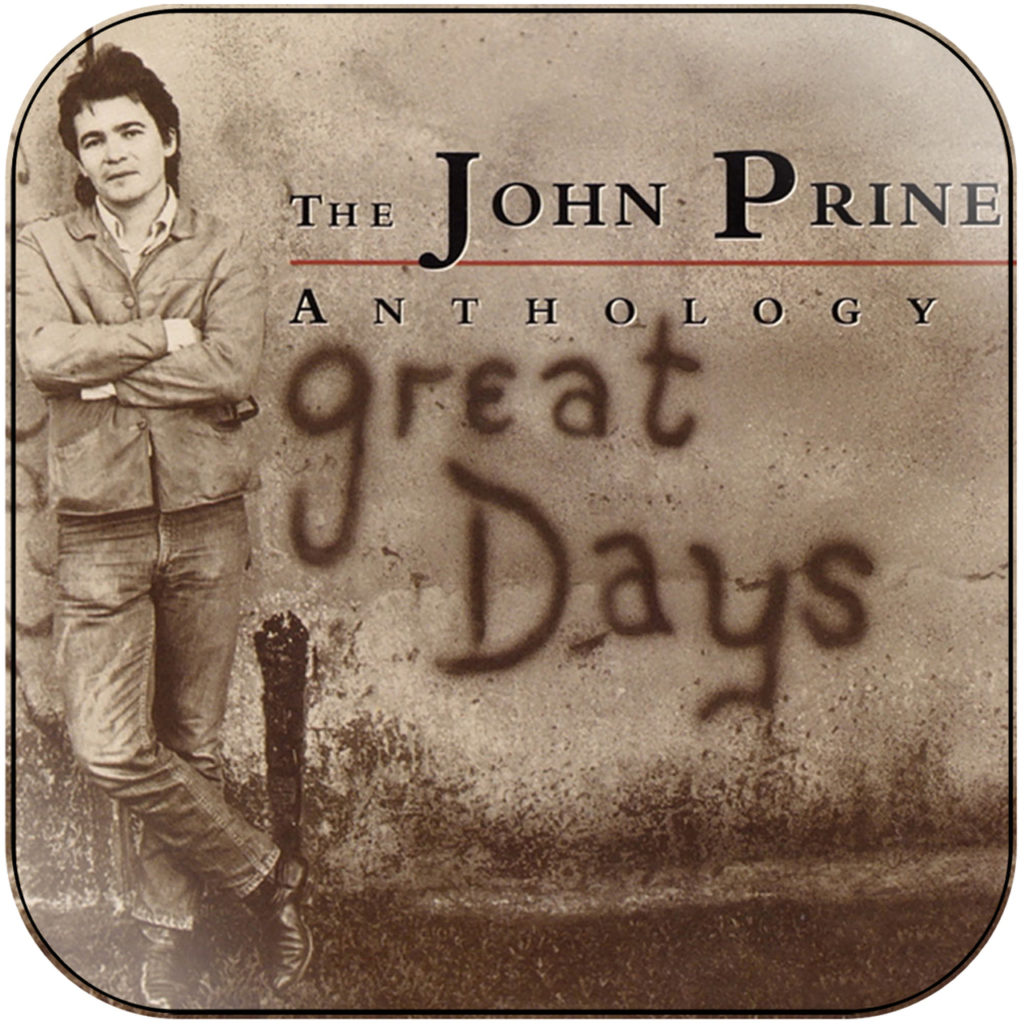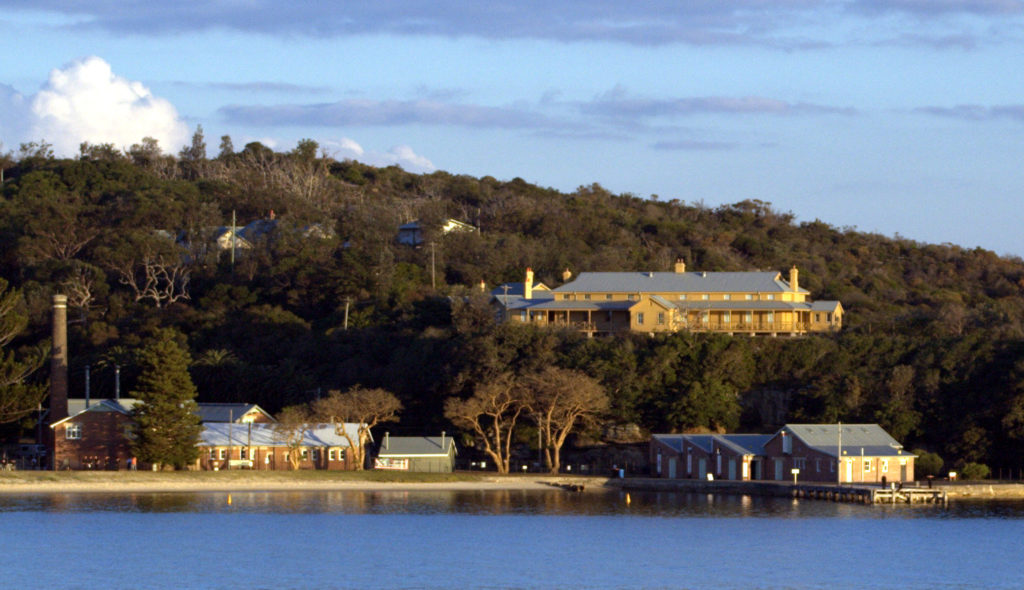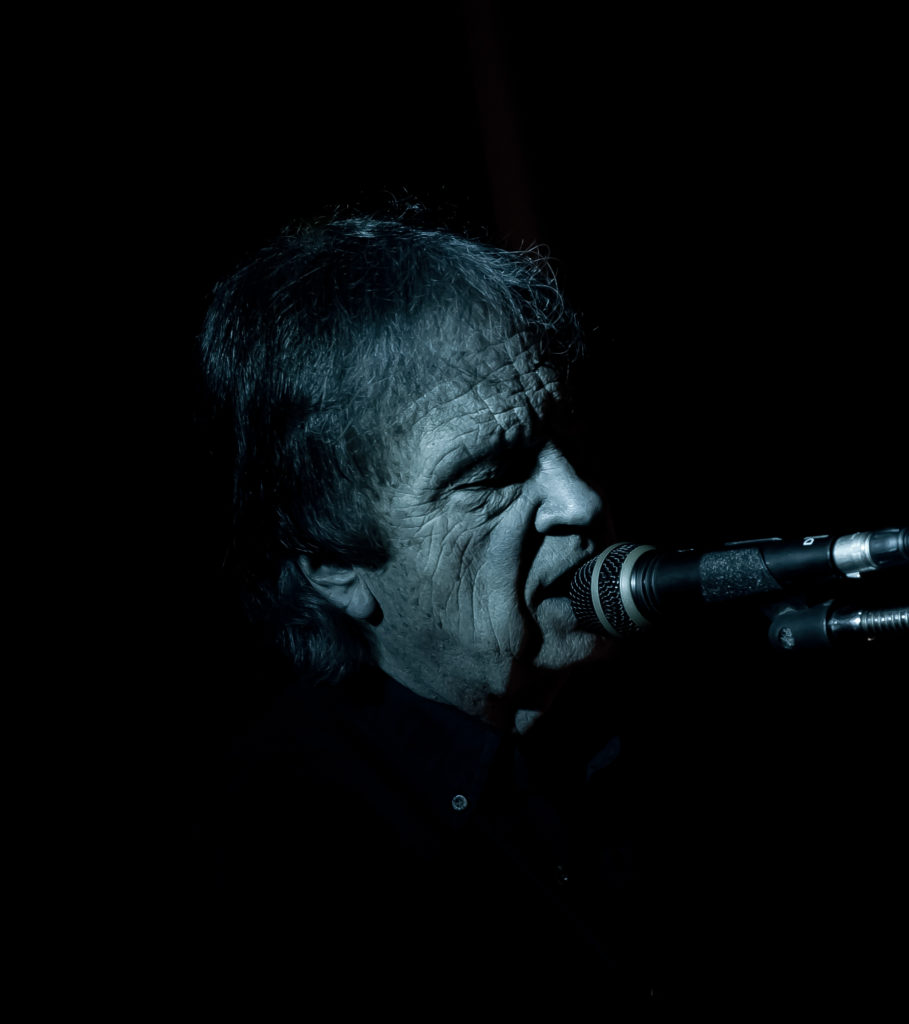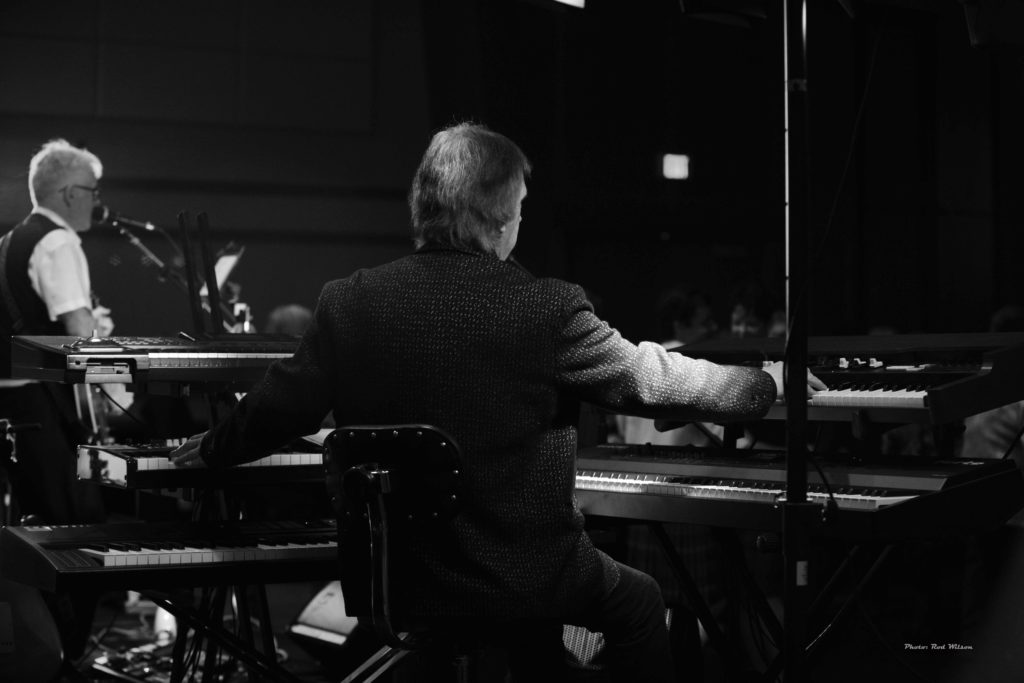There was time when the United States always seemed to occupy the moral high ground. This was despite numerous historical blunders. Nobody remembers the Spanish- American War in the early 1900s and the bad outcomes in the Philippines and Cuba; Or the numerous fiascos in Central America; The ongoing isolation of Cuba; The overthrow of the democratically elected government in Iran and, the biggest one of all, the war in Vietnam. Well, everybody still remembers Vietnam and, in a forgiving mood, lists it as “an unfortunate mistake” for which the US paid dearly. More recently, the debacles in the Middle East (Iraq, Afghanistan and Syria) have some what tarnished that notion of the moral high ground but despite all of these questionable adventures there was the underlying notion that the Americans were the exception, they were always the “good guys”. America’s participation in World War II, The Marshall Plan and championing of the United Nations are all good memories of America’s benevolent actions and intentions. The Donald Trump presidency has all but demolished that notion. In the administration’s mad rush to blame everybody or anybody for their own short comings the USA is coming across as petty, vindictive and maybe even evil; Here are a couple of very recent magazine articles underscoring that the USA is no longer perceived as the “good guy” or as even exceptional anymore.
@@@@@@@@@@@@@
The Rest of the World Is Laughing at Trump
The president created a leadership vacuum. China intends to fill it.
Anne Applebaum – Staff writer at The Atlantic
It looks, at first, like one of a zillion unfunny video clips that now circulate on the internet: “Once Upon a Virus” features cheap animation, cheesy music, and sarcastic dialogue between China—represented by a Lego terra-cotta warrior with a low, masculine voice—and the United States, represented by a Lego Statue of Liberty with a high, squeaky voice. They “speak” in short sentences:
“We discovered a new virus,” says the warrior. “So what?” says the Statue of Liberty.
“It’s dangerous,” says the warrior. “It’s only a flu,” says the Statue of Liberty.
“Wear a mask,” says the warrior. “Don’t wear a mask,” says the Statue of Liberty.
“Stay at home,” says the warrior. “It’s violating human rights,” says the Statue of Liberty
The dialogue goes on like that—“It will go away in April,” the Statue of Liberty says at one point—until it ends, finally, with the statue on an intravenous drip making wild and contradictory statements while the warrior jeers at her.
Although this looks like an I’m-bored-at-home amateur production, it is not: The video was published on April 30 by Xinhua, the official Chinese news agency. It has since been promoted by Chinese diplomats and watched, as of yesterday afternoon, by more than 1.6 million people around the world.
It has also been mocked and denounced as crude propaganda—which, of course, it is. Crude propaganda is what China’s leaders do, both at home and abroad, and since the pandemic began they have stepped up their efforts. But even those who are mocking should beware: Anybody who knows any history will be aware that propaganda—even the most obvious, most shameless propaganda—sometimes works. And it works not because people necessarily believe that all of it is true, but because they respect the capabilities or fear the power of the people who produced it.
Propaganda also works best in a vacuum, when there are no competing messages, or when the available alternative messengers inspire no trust. Since mid-March, China has been sending messages out into precisely this kind of vacuum: a world that has been profoundly changed not just by the virus, but by the American president’s simultaneously catastrophic and ridiculous failure to cope with it.
The tone of news headlines ranges from straight-faced in Kompas, a major Indonesian news outlet—Trump Usulkan Suntik Disinfektan dan Sinar UV untuk Obati Covid-19, or “Trump Proposes Disinfectant Injection and UV Rays to Treat COVID-19”—to snide, from Le Monde in France—Les élucubrations du « docteur » Trump, or “The Rantings of ‘Doctor’ Trump.” The incredulous first paragraph of an article Sowetan, from South Africa, declares that “US President Donald Trump has again left people stunned and confused with his bizarre suggestion that disinfectant and ultraviolet light could possibly be used to treat Covid-19.” El Comercio, a distinguished Peruvian newspaper, treated its readers to photographs of Deborah Birx, the White House coronavirus-response coordinator, grimacing as the president asked her whether the injection of disinfectant might be a cure.
Quotations from the president’s astonishing April 23 press conference have appeared on every continent, via countless television channels, radio stations, magazines, and websites, in hundreds of thousands of variations and dozens of languages—often accompanied by warnings, in case someone was fooled, not to drink disinfectant or bleach. In years past, many of these outlets presumably published articles critical of this or that aspect of U.S. foreign policy, blaming one U.S. president or another. But the kind of coverage we see now is something new. This time, people are not attacking the president of the United States. They are laughing at him. Beppe Severgnini, one of Italy’s best-known columnists, told me that while Italians feel enormous empathy for Americans who have suffered as they have, they feel differently about Trump: “In this time of darkness and depression, he keeps us entertained.”
But if Trump is ridiculous, his administration is invisible. Carl Bildt—a Swedish prime minister in the 1990s, a United Nations envoy during the Bosnian wars, and a foreign minister for many years after that—told me that, looking back on his 30-year career, he cannot remember a single international crisis in which the United States had no global presence at all. “Normally, when something happens”—a war, an earthquake—“everybody waits to see what the Americans are doing, for better or for worse, and then they calibrate their own response based on that.”
This time, Americans are doing … nothing. Or to be more specific, because plenty of American governors, mayors, doctors, scientists, and tech companies are doing things, the White House is doing nothing. There is no presidential leadership inside the United States; there is no American leadership in the world. Members of the G7—the U.S. and its six closest allies—did meet to write a joint statement. But even that tepid project ended in ludicrous rancor when the American secretary of state, Mike Pompeo, insisted on using the expression “Wuhan virus” and the others gave up in disgust. Not only is the president talking nonsense, not only is America absent, but the nation’s top diplomat is a caricature of a tough guy—someone who throws around insults in the absence of any capacity to influence events.
Others are drawing even more radical conclusions, and with remarkable speed. The “disinfectant” comments—and the laughter that followed—mark not so much a turning point as an acceleration point, the moment when a transformation that began much earlier suddenly started to seem unstoppable. Although we are still only weeks into this pandemic, although the true scale of the health crisis and the economic catastrophe is still unknown, the outline of a very different, post-American, post-coronavirus world is already taking shape. It’s a world in which American opinions will count less, while the opinions of America’s rivals will count more. And that will change political dynamics in ways that Americans haven’t yet understood.
Look beyond the Lego video at China’s more serious public-relations campaign: the stunts at airports around the world, from Pakistan to Italy to Israel, designed to mark the arrival of Chinese aid—masks, surgical gowns, diagnostic tests, and sometimes doctors. These events all have a similar script: The plane lands; the receiving nation’s dignitaries go out to meet it; the Chinese experts emerge, looking competent in their hazmat gear; and everyone utters words of gratitude and relief. Of course some of this, too, is propaganda.
In reality, some of the equipment billed as aid has been purchased, not donated. Some of it, especially the diagnostic tests, has turned out to be defective. Some of those who receive these goods also know perfectly well that they are designed to silence questions about where the virus came from, why knowledge of it was initially suppressed, and why it was allowed to spread around the world. If, in these circumstances, the propaganda “works,” that’s because those who receive it have made a calculation: Pretending to believe it is a way of acknowledging and accepting Chinese power—and, perhaps, a way of expressing interest in Chinese investment.
In the Western world, this dynamic has played itself out with striking success in Italy. Flattened by the virus and depressed by the lock down, Italians are deeply divided by years of conspiratorial social-media campaigns, some with Russian backing, that have attacked Italy’s traditional alliances, NATO as well as the European Union. China has added its own unsubtle social-media campaign. Bots have been promoting Chinese-Italian-friendship hashtags (#forzaCinaeItalia) and thank-you-China hashtags (#grazieCina). But there is another, less visible layer of activity, too.
A year ago, Italy became the core European member of the Belt and Road Initiative, the Chinese trade-and-infrastructure project designed to create deeper links across Eurasia and to provide an alternative to the transatlantic and Pacific trade pacts quashed by Trump. Foreign Minister Luigi Di Maio, until recently the leader of Italy’s anti-EU Five Star Movement, has cultivated links to China too. Chinese investment has gained importance. Already, a Chinese oligarch has bought the Inter Milan soccer club; Chinese banks already own big stakes in Italian companies like Eni and Fiat.
Thanks to the economic havoc created by the coronavirus, China’s efforts in Rome may now bear fruit. Maurizio Molinari, the editor of La Repubblica, told me that Chinese businessmen are right now building on their contacts, looking for companies and properties to buy, scouting out factories that are suddenly bankrupt and entrepreneurs who want to sell out. I asked him what the source of China’s appeal was right now: “Money,” he replied. By contrast, the most conspicuous gesture that the U.S. administration has made in Italy’s direction since the pandemic began was Trump’s abrupt decision to ban flights. Apart from a modest and belated aid package, little in the way of friendship came from the United States.
Chinese propaganda may find unexpectedly fertile ground elsewhere too. Chinese aid has also been delivered to Japan and South Korea, two U.S. allies who have sought close relationships with Trump and have received, in exchange, demands that they pay more for American bases. As close neighbors and former foes, both countries have many reasons to be wary of China. But now that Trump is a laughingstock, now that America is absent from the game, some in both Tokyo and Seoul may conclude that they should start hedging bets. China has also offered major assistance to Iran, a country that had already been given a major role as a Belt and Road hub. Iranian leaders now have extra reasons to hope they can outlast sanctions if the American president calling for them need not be treated as a serious person.
China’s relationships with the Arab world have also deepened during the pandemic. Qatar, Saudi Arabia, and Kuwait sent aid to Wuhan during the earlier part of the crisis; later, China reciprocated. The foreign minister of the United Arab Emirates has described China as the role model to follow in this crisis. On March 8, Chinese medical workers arrived in Baghdad—an advance team, perhaps, poised to take advantage of the inevitable American retreat. In each one of these places, America is absent, distracted, stumbling—and laughable.
To be absolutely crystal clear: I am not praising China’s efforts. I am simply calling attention to the fact that, in a world where people laugh at the American president, they might succeed. Inside the bubble of officials who surround Pompeo, it may well seem very brave and cutting-edge to use the expression “Wuhan virus” or to call for bigger and bolder rhetorical attacks on China. But out there in the real world—out there in the world where Pompeo’s boss is perceived as a sinister clown, and Pompeo himself as just the sinister clown’s lackey—not very many people are listening. Once again: A vacuum has opened up, and the Chinese regime is leading the race to fill it.
Judging from their own recent statements, Trump-administration officials do not yet understand the significance of the chaos they have created in place of what used to be American foreign policy. Pompeo has spent time in recent days trying to organize sanctions on Iran, as if Russia and China or even European allies were still willing to follow his lead. Philip Reeker, assistant secretary of state for Europe (or rather, acting assistant secretary of state for Europe, because the Trump administration is in constant chaos) was recently asked by French journalists whether the coronavirus crisis could repair the poor state of transatlantic relations. His pompous response made him sound like a member of the Soviet nomenklatura at the end of the 1980s: “I don’t agree with the premise of your question,” Reeker said, before claiming that transatlantic engagement, and particularly Franco-American cooperation, is “remarkable.” Yes, it’s remarkable—remarkably invisible.
Even the more learned analyses of U.S.-China relations suddenly look out of sync with reality. It’s all very well for think-piece authors or former Trump-administration officials to suggest that a post-pandemic America must change its relationships with China, rally its allies to defy China, and rewrite the rules of commerce to exclude China. But when Trump seeks to lead the world against China, who will follow? Italy might refuse outright. The European Union could demur. America’s close friends in Asia might feel nervous, and delay making decisions. Africans who are furious about racism in China—African students have been the focus of heavy discrimination in the city of Guangzhou—might well do a quick calculation and seek good relations with both sides.
I wish I could say for certain that a President Joe Biden could turn this all around, but by next year it may be too late. The memories of the prime minister at the airport, welcoming Chinese doctors, will remain. The bleach jokes and memes will still cause the occasional chuckle. Whoever replaces Pompeo will have only four short years to repair the damage, and that might not be enough.
And if Trump wins a second term? Any nation can make a mistake once, elect a bad leader once. But if Americans choose Trump again, that will send a clear message: We are no longer a serious nation. We are as ignorant as our thoughtless, narcissistic, ignorant president. Don’t be surprised if the rest of the world takes note of that, too.
@@@@@@@@@@@@@
Trump and the Yellow Peril
By Gwynne Dyer. Dated: 5/5/2020 12:13:25 AM
An accidental leak from a BSL4 lab would be a rare and very serious mistake, but that’s probably not what happened in Wuhan, and in any case it’s clear that no hostile intent was involved. The US national intelligence director’s office has determined that Covid-19 “was not man made or genetically modified.”
It was completely predictable that Donald Trump would try to blame China for the fact that at least 30 million Americans are unemployed and that 70,000 Americans have already died of Covid-19. His polling numbers are down and the election is only seven months away. What else was he going to do? Blame himself?
That’s why we’re now getting the good old ‘Yellow Peril’ defence, fresh from the late 19th century. As a memo sent out by the National Republican Senatorial Committee to Republican candidates put it: “Don’t defend Trump, other than the China Travel Ban – attack China.”
The Coronavirus now spreading death across the world certainly originated in China. The Chinese government itself said so, before it started prevaricating after Donald Trump began using China as a scapegoat. There was at least a week’s delay in late December when officials in Wuhan didn’t report the outbreak to Beijing, fearing they would be blamed for alarmism, or simply for letting it happen. That’s when Dr. Li Wenliang wrote in a private WeChat group: “7 confirmed cases of SARS were reported [to hospital] from Huanan Seafood Market.” It wasn’t really Severe Acute Respiratory Syndrome. It was a new Coronavirus closely related to SARS, which had caused a much smaller but lethal epidemic in 2002. But Wuhan officials didn’t want to believe it, and on 3 January Li got a warning from the local police to stop “making false comments on the Internet”.
Six days later the first person in Wuhan died of what we now call Covid-19. On the same day, 9 January, the World Health Organisation (which Trump now vilifies as ‘China’s public relations agency”) announced that China had reported the emergence of a new Coronavirus like those that caused the SARS and MERS epidemics.
So there was at least a week when Chinese officials at the local or national level had the information and hesitated to publish it, partly because they weren’t sure yet themselves. But only two days later Chinese scientists published the full genetic sequence of Covid-19 so that researchers everywhere could start working on potential treatments and vaccines.
Other East Asian countries that had experience of SARS understood the seriousness of the WHO warning and promptly began diligent testing, tracing and isolation of infected persons. As a result, they never had to go into lockdown (South Korea has had 250 deaths; Taiwan had 6). China did a partial lockdown, but is now up and running again.
But then the real delay happened, and it had nothing to do with when China reported the disease. The point is that Western countries did nothing serious about the pandemic for an astonishing TWO MONTHS after that.
Trump boasts that he banned travel from China to the United States early, but in fact the United States was the 41st country to declare such a ban, on 2 February. And it was a very leaky ban, affecting only non-US citizens. Another 40,000 US citizens and permanent residents flew in from China during the next two months, many not being checked for Coronavirus at all.
Italy started locking down some municipalities in the country’s badly hit north in late February, but no European country went into national lockdown until 9 March. The United Kingdom waited a further two weeks after that, until 24 March. The United States never did a national lock down, but most states had social distancing policies in place by early April.
Those even longer delays explain why the UK and the US are on track to be the two countries with the highest Covid-19 death rates, but why did they all wait so long. Why weren’t they at least setting up comprehensive testing, tracing and contacting systems and making more ventilators and protective clothing back in January? Did they think they were exempt?
That’s probably what they did think, and their people are now being punished for their governments’ arrogance. But Donald Trump’s attempt to shift the blame for a huge US death toll and a looming economic disaster onto China is utterly cynical and false. The problem wasn’t a week’s delay in China; it was a couple of months’ delay in America.
If it should turn out that the first human infections with Covid-19 were due to a leak from the Bio-safety level 4 Wuhan Institute of Virology, not at the Huanan Seafood Market in the same city, it changes nothing. BSL4 labs (there are around twenty in the world) routinely work with dangerous viruses, because otherwise we’d never develop defences against them.
An accidental leak from a BSL4 lab would be a rare and very serious mistake, but that’s probably not what happened in Wuhan, and in any case it’s clear that no hostile intent was involved. The US national intelligence director’s office has determined that Covid-19 “was not man made or genetically modified.”
That will not stop Donald Trump from scapegoating China, even at the risk of causing a new Cold War. Never mind the fate of the world. It’s the fate of Trump’s presidency that’s at stake here.
*(Gwynne Dyer’s new book is ‘Growing Pains: The Future of Democracy (and Work)’.
@@@@@@@@@@@@@
In times gone by Americans believed implicitly in the “Manifest Destiny Doctrine”. It was a phrase coined in 1845, that encapsulated the idea that the United States is destined—by God, its advocates believed—to expand its dominion and spread democracy and capitalism across the entire North American continent. By extension, adherents of the policy believed that the American people and institutions possessed special virtues that fitted them for their expanding role, first in North America then though out the world. The United States had a mission to redeem and remake the west in the image of agrarian America. Manifest Destiny may no longer be officially on the foreign policy table but every action of the USA on the international stage seems to bear fragments of that original doctrine. Most Americans might not think in terms of Manifest Destiny but there is no doubt the notion of “American Exceptionalism” still has a grip on the American imagination. The Covid-19 pandemic has given a severe blow to that notion. Despite massive wealth and resources the United States has been dealt a massive blow to its self image of “Exceptionalism”. Americans too can die in massive numbers from a pandemic. American ingenuity, organizational, political skills and system of government have not been up to the challenge posed by the pandemic. America has stumbled in its response to the disease and there has been no “Exceptional” plan or response to the pandemic. Americans can die and are dying in massive numbers from the pandemic.
@@@@@@@@@@@@@




 In the years since then Jazz has continued to evolve into a plethora of styles and a number of musicians who came to fame in Blue Note years have continued to perform well into their sunset years with major contributions to the art form. This obituary in the New York Times, April 16, 2020 by
In the years since then Jazz has continued to evolve into a plethora of styles and a number of musicians who came to fame in Blue Note years have continued to perform well into their sunset years with major contributions to the art form. This obituary in the New York Times, April 16, 2020 by 





